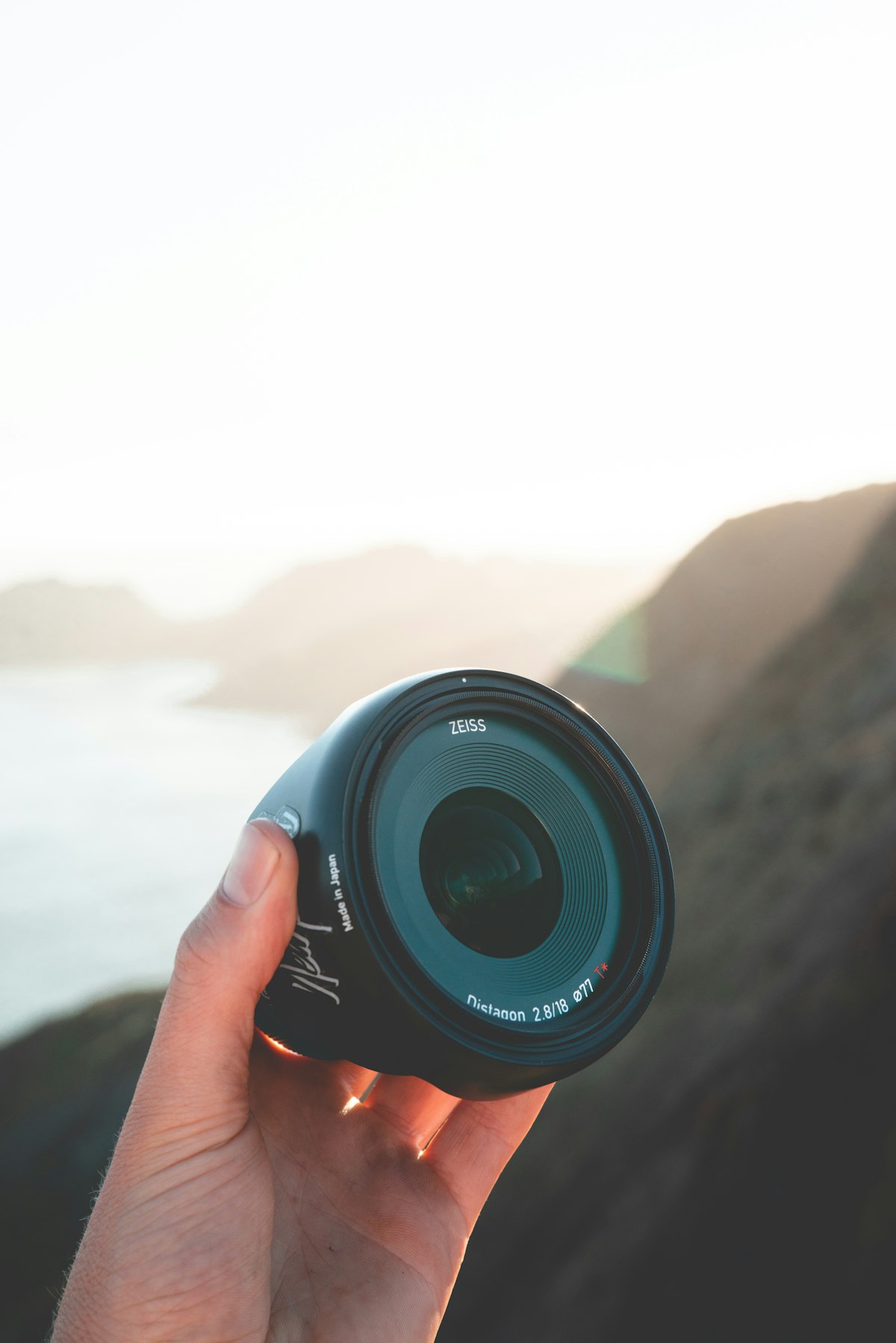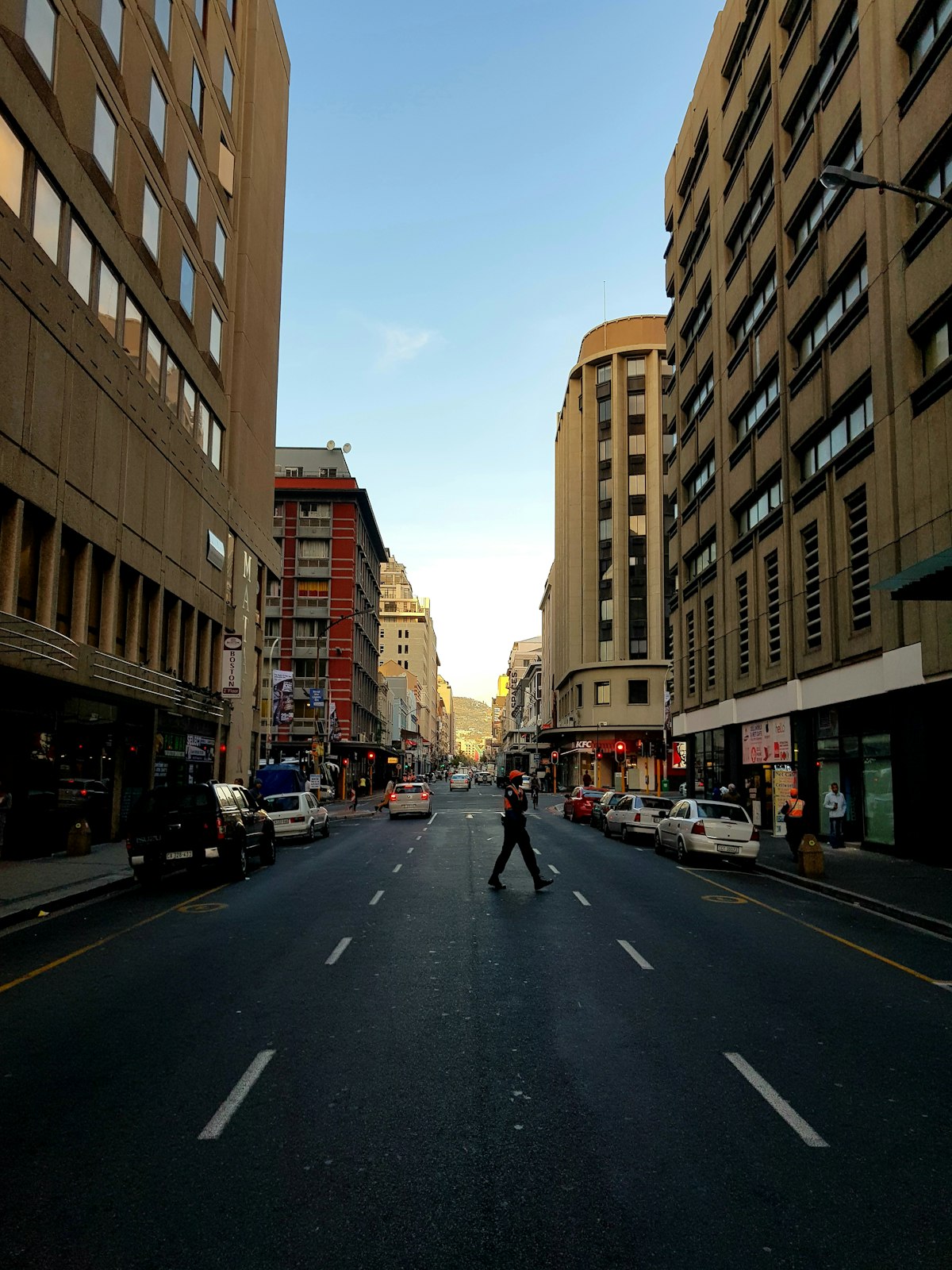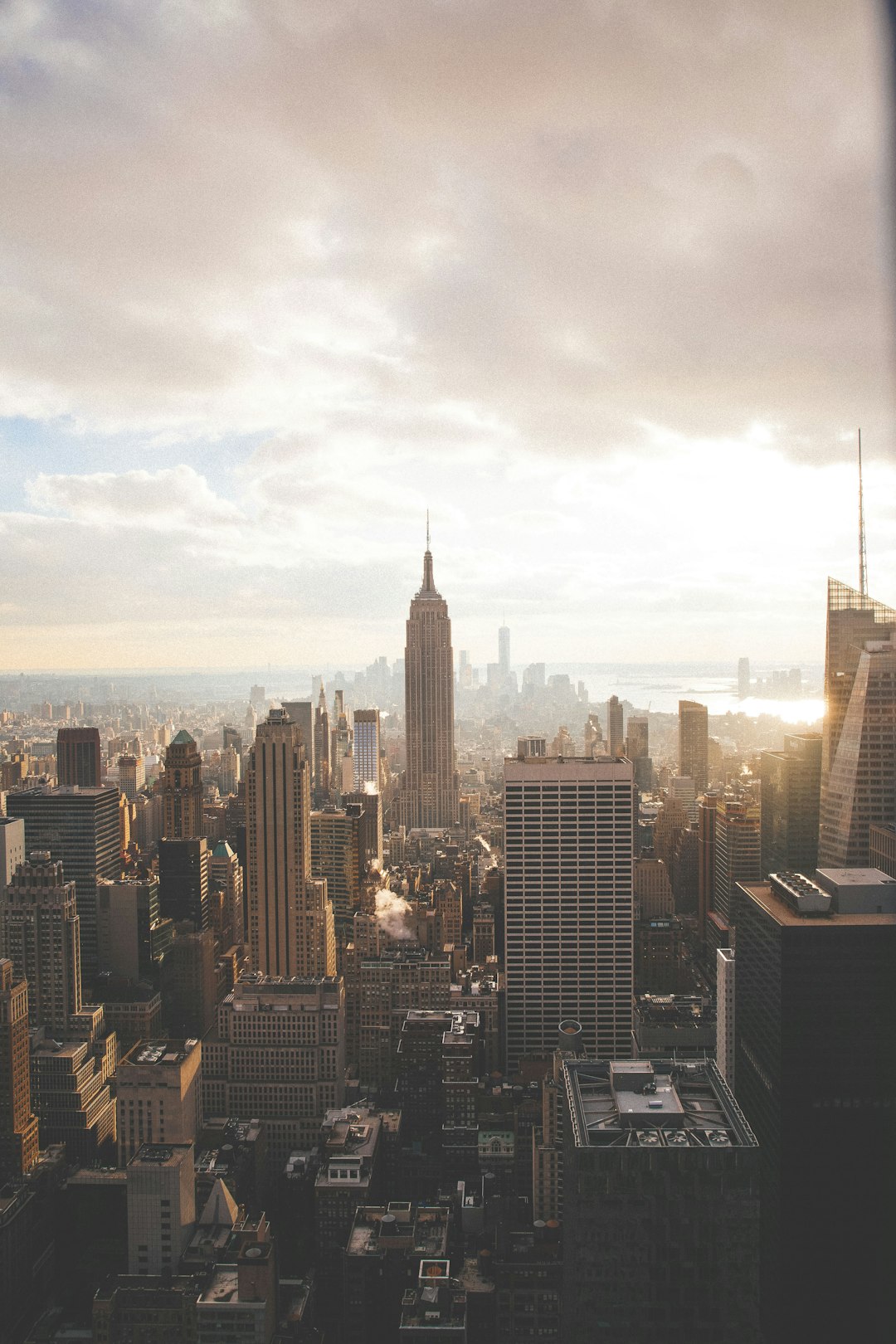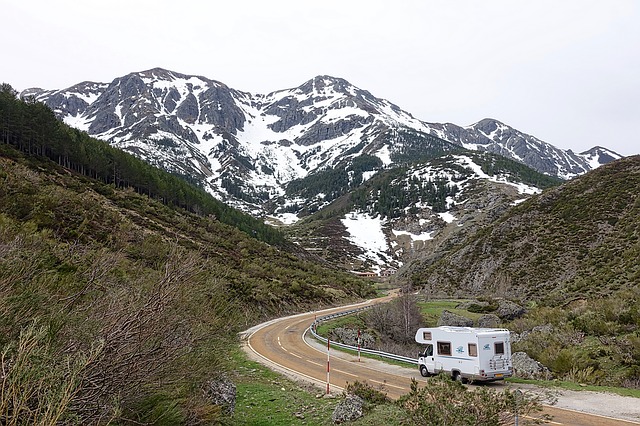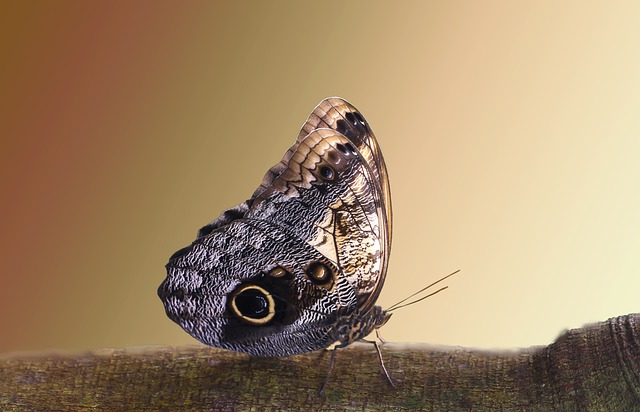
Experiment with different types of photography and a variety of subjects to find out where your interests lie. With photography, you do need to gain as much knowledge as you can in order to be able to keep improving your skills. This article will give you a few tips and hints to improve your photography skills.
To take a great picture, move closer towards your subject. Getting as close to your subject as possible gives you more opportunities to highlight the main subject of the photo, and stops the background from ruining your shot. It also highlights your subject’s facial expressions, which are important to a great portrait. The intricacy of portraiture can be lost entirely if you keep your distance from the subject.
It takes a professional quality camera to get photos of professional quality. In order to take the best professional photographs, you should look into buying a dSLR camera. The best photographers utilize these cameras and so must you.
If you want to become a serious photographer, you need a dSLR. A DSLR camera is the best one to use for taking shots as you can look at them as soon as you snap the photo. The larger the camera’s frame, the better it is for budding photographers. Try a full-frame camera so that you can get the exact images you want.
Framing is essential to photography composition. Make sure to not have distracting background items, but zoom in on your major focal point. This will make sure that people do not get distracted from the main focal point, as well as keep your photographs well styled without the background clutter.
When you are going through your photographs and picking the ones that you want to show to others, be sure to pick the cream of the crop. Don’t show too many photos and vary the subject matter. People get bored seeing the same thing repeatedly. Aim to show a collection of distinctly different photographs that demonstrate a wide range of your photography skills.
Many photographers pay attention to the background of a landscape shot and neglect the foreground, but the foreground is what the viewer will see. Compose the foreground of your shot to create a more striking frame and increase the appearance of depth.
Do not focus entirely on the background of your landscapes. The foreground needs to be worked on to create an impression of space. Compose the frame in such a way as to make the foreground as important to the image as the background is to create a truly striking photo.
Adjust the white balance on your camera manually when possible. When you are taking shots inside, you can get a yellow tint due to light bulbs. It’s rather difficult to fine tune artificial lighting, but luckily, the white balance feature on your camera is here to save the day. Implementing this feature will create a look of professionalism in the images you produce.
Give your the white balance feature on your camera a try. When taking shots inside, you generally have a yellow cast due to the light bulbs. Instead of spending the time to fix the lighting, you can just change the white balance from your camera. You will see your photos come out much more professionally.
Always be careful when packing your equipment for a trip. Take extra batteries, cleaning accessories and different lenses. Do not take more than what you need and think about what will be convenient to transport with you on your trip.
Here is a little did-you-know photo hint! Shutter speeds can greatly improve your experience with photography. On your SLR camera there are several settings; S, A, M and P. The “P” setting represents the program mode. This setting is automatic, and it adjusts your shutter and speed for you by itself. Use this setting whenever you are unsure of what it is you will be photographing.
Be sure to find a subject who is interesting and compelling. You can have the very best equipment and be extremely talented, but without the right subject you will not get quality pictures. Carefully choose objects that inspire you, or find a model who will pose for you.
Experiment with your camera’s various features, along with angles and colors. An original object is not needed to take a picture that is good quality. Talented photographers can use their skills to bring out something interesting in even the most mundane of subjects. Find your style through experimentation.
If you’re looking to capture some of the nostalgic intrigue associated with film cameras, try visiting second hand stores and getting your camera there. To get an especially nostalgic look, try black and white film. A good choice is film with a 200 ISO rating. Once you develop your film, try printing it on different paper styles, including ones that are fiber-based.
Having your batteries always charged helps you avoid missing any great shots. Digital cameras use up a large amount of power, particularly when you’re using an LCD screen. Therefore, you should ensure your batteries are always completely charged prior to using the camera. Another good idea is to carry a set of spare batteries for your camera with you so that you never miss a shot.
When you are first starting out in photography and want learn how to take great pictures, learning about proper composition is key. Like other forms of art, if your composition is lacking, then the outcome will not be the best. Learn composition rules and apply what you’ve learned every time you take a photograph to improve your overall photography skills.
Take pictures of people. Never take someone’s picture without first obtaining their permission. Even though the people in these pictures weren’t of any particular importance, these pictures might serve as flashbacks of your trip when you look at them in the future. Always try to get candid photos of your subjects for a natural feeling.
When you first arrive for a wedding photography job, you can warm up by looking for poignant, unplanned vignettes: a fresh centerpiece, an abandoned purse, a jacket thrown over a chair. You might get some great photos when you are doing this.
You do not have to stand utterly still when photographing a particular subject. In fact, you can and should move around to find the angle that provides the best shot. If possible, take a spectrum of shots from many angles including from above and below.
When you visit new areas, look around to decide the best shots to take. If you need some inspiration, check out the postcard racks. Postcards have shots of attractions and subjects you can include in your photos.
When you are about to take a picture, stand still and hold your breath. Even the slightest movement can mess up a shot. Take that second to freeze before touching your shutter button, hold your breath, and snap the perfect shot.
Read through your camera’s manual. Manuals are often bulky and thick. In most homes, they will be tossed in a junk drawer or even thrown in the garbage. Rather than disposing of it, take some time and read it. Doing this can drastically improve your photos and solve the common problems and questions that come up.
It is important that you make your subject feel relaxed and safe. People sometimes feel threatened when their picture gets taken. Be courteous and friendly and make sure you ask permission before photographing. Let them understand that photography is not a way of invading their privacy, but it is rather an art.
When planning a shot, try to “frame” it. Not a picture frame, of course, but one that occurs naturally within the shot. Look really closely at the subject of your shot. Are there any elements around it that can be used to create a frame to enhance it? This is an effective exercise for practicing composition.
There are no big secrets to becoming a great photographer. You will improve as you experiment. Digital cameras give you the ease of not having to develop or keep all your photographs. Your proficiency will improve as you analyze your shots to see what you could have done differently if you could take the picture again.
You may be tempted to shoot low-quality images so you can store more on your camera card. However, you may be sacrificing the print quality. If you do not plan to print your pictures and will only view them on your computer, it is acceptable to shoot images in lower resolution.
When shooting photographs inside, under fluorescent lights, experiment with your camera’s white balance setting to adjust out the bluish hue. Fluorescent lighting tends toward the green and blue end of the spectrum, so photographing subjects under these conditions can make them appear cooler than intended if you don’t manually fix the red saturation on your camera.
When you take your pictures, use the white balance settings on your camera. This gives you a much greater degree of control over the appearance and mood of your photographs, and can often produce stunning results. You can allow for a learning curve while you start out in photography, and you will find that using manual white balance can let you get really creative.
There is an erroneous emphasis on placing your subject in the center of your photograph. A well-known artistic technique is to make a picture slightly asymmetric. This lack of perfect symmetry actually attracts the eye’s interest. Watch the auto-focus features that start to lock in the core of your shots. Use manual focus and then lock prior to clicking your photo.
Explore silhouettes during your next photography session. Though a sunset creates a beautiful and popular silhouette, there are other ways you can achieve the same effect too. If your background is brighter than your subject, you could see a silhouette. Create a silhouette shot by putting your subject in front of a sunny window or by setting up a flash off-camera, behind the subject. However, be aware that the silhouette image may call attention to a less-than-flattering aspect of your subject.
Most cameras only allow you to focus on either highlights or shadows in one picture. Or, you can use photoshop or some other program to blend two photos together.
Now that you have a good idea of what it is you need to succeed in photography, you should start trying your best to act on what you learned. The things in this article can only serve to help you if you apply your new found knowledge.
Adjust to new backdrops and surroundings by taking practice shots and learning how the surroundings react to your camera. Practice shots can give you the confidence you need to take the best photos, even in unfamiliar situations. In hectic environments, the lighting can change from second to second, so don’t feel the need to count every shot as a “real” shot.
You need to know about a topic before you can really start to master it. You need to learn and understand what you’re doing if you want to be successful with the subject of Gopro Accessories,natural latex pillow
wholesale mattress protector twin xl
mattress and box spring encasements. Use what you learned here for a positive experience.






